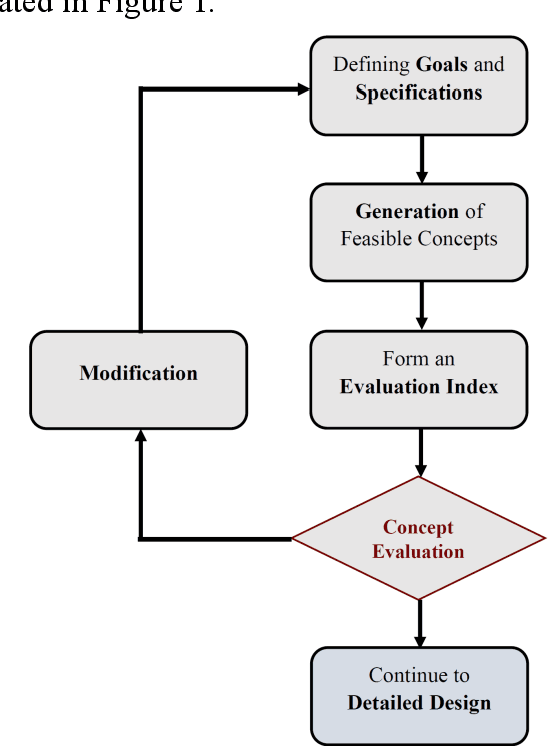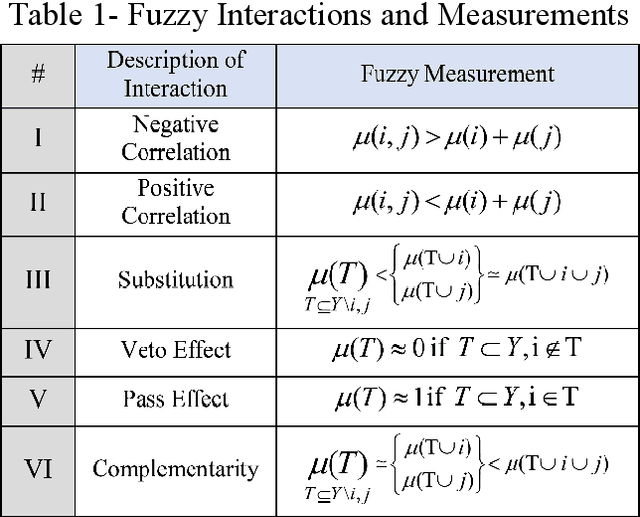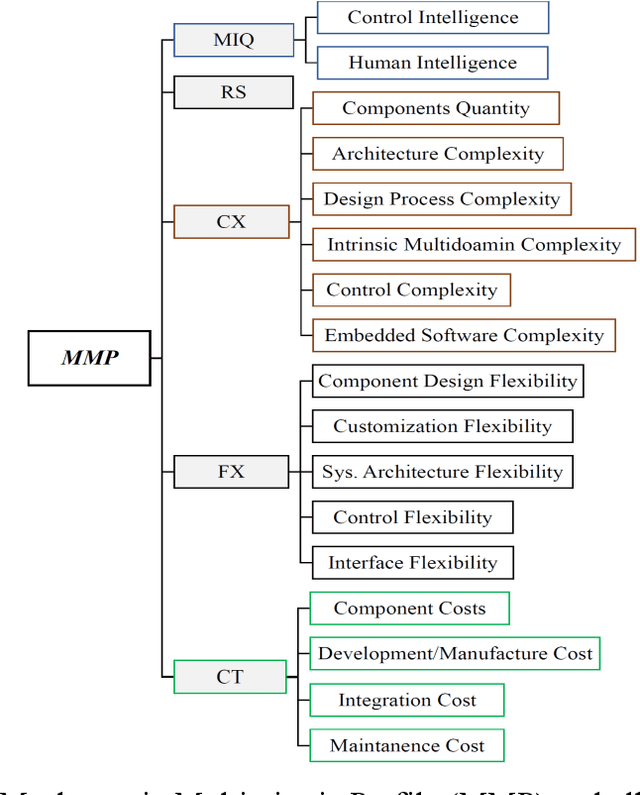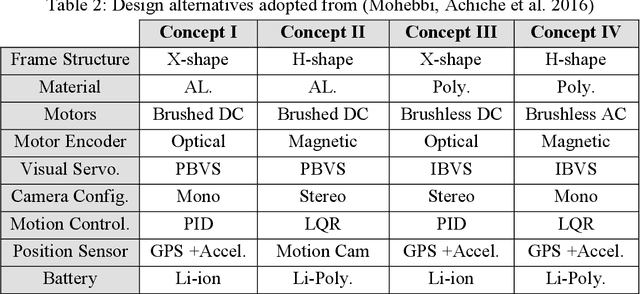Luc Baron
EPM
A Fuzzy-based Framework to Support Multicriteria Design of Mechatronic Systems
Jun 14, 2020



Abstract:Designing a mechatronic system is a complex task since it deals with a high number of system components with multi-disciplinary nature in the presence of interacting design objectives. Currently, the sequential design is widely used by designers in industries that deal with different domains and their corresponding design objectives separately leading to a functional but not necessarily an optimal result. Consequently, the need for a systematic and multi-objective design methodology arises. A new conceptual design approach based on a multi-criteria profile for mechatronic systems has been previously presented by the authors which uses a series of nonlinear fuzzy-based aggregation functions to facilitate decision-making for design evaluation in the presence of interacting criteria. Choquet fuzzy integrals are one of the most expressive and reliable preference models used in decision theory for multicriteria decision making. They perform a weighted aggregation by the means of fuzzy measures assigning a weight to any coalition of criteria. This enables the designers to model importance and also interactions among criteria thus covering an important range of possible decision outcomes. However, specification of the fuzzy measures involves many parameters and is very difficult when only relying on the designer's intuition. In this paper, we discuss three different methods of fuzzy measure identification tailored for a mechatronic design process and exemplified by a case study of designing a vision-guided quadrotor drone. The results obtained from each method are discussed in the end.
Kinematics and workspace analysis of a 3ppps parallel robot with u-shaped base
May 16, 2017



Abstract:This paper presents the kinematic analysis of the 3-PPPS parallel robot with an equilateral mobile platform and a U-shape base. The proposed design and appropriate selection of parameters allow to formulate simpler direct and inverse kinematics for the manipulator under study. The parallel singularities associated with the manipulator depend only on the orientation of the end-effector, and thus depend only on the orientation of the end effector. The quaternion parameters are used to represent the aspects, i.e. the singularity free regions of the workspace. A cylindrical algebraic decomposition is used to characterize the workspace and joint space with a low number of cells. The dis-criminant variety is obtained to describe the boundaries of each cell. With these simplifications, the 3-PPPS parallel robot with proposed design can be claimed as the simplest 6 DOF robot, which further makes it useful for the industrial applications.
 Add to Chrome
Add to Chrome Add to Firefox
Add to Firefox Add to Edge
Add to Edge